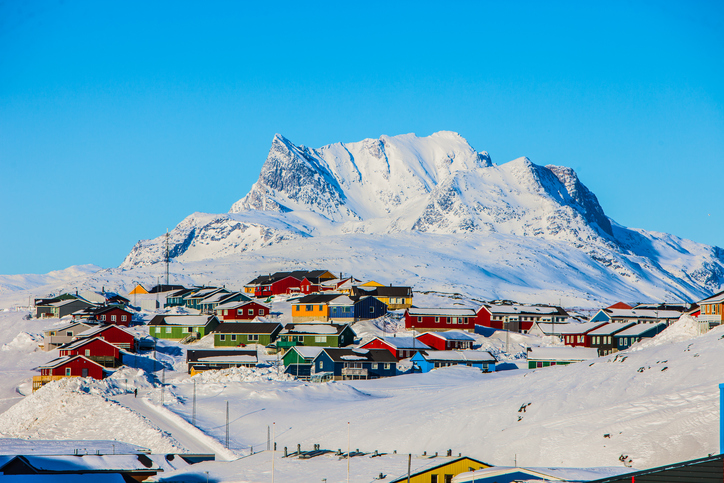Little by little, the Arctic is becoming more accessible for travellers of a certain adventurous spirit. They’re not exactly places for comfortable travel – they don’t have motorways to ease communication, the hotel industry is small, and life there is hard but, despite all this and because of it, Greenland reels you in. When you feel the people’s authenticity and nature in its purest form, your mind will open, and feelings of freedom and new sensations will spring from the calm silence that emanates from the land of eternal ice.
This is the story of a voyage into the unknown, in which you can affirm that the true spirit of a country goes beyond the frontiers of the attainable and the brink of perception. It’s a voyage to another time, another perspective, where you’ll be transported to a world surrounded by frozen landscapes that melt from the warmth of the people that live in its towns. This isn’t a trip to a capital city or a holiday to a destination full of skyscrapers, historic ruins, or teeming crowds. Getting to know Greenland is getting to know more about yourself and an opportunity to experience a destination beyond all expectations.
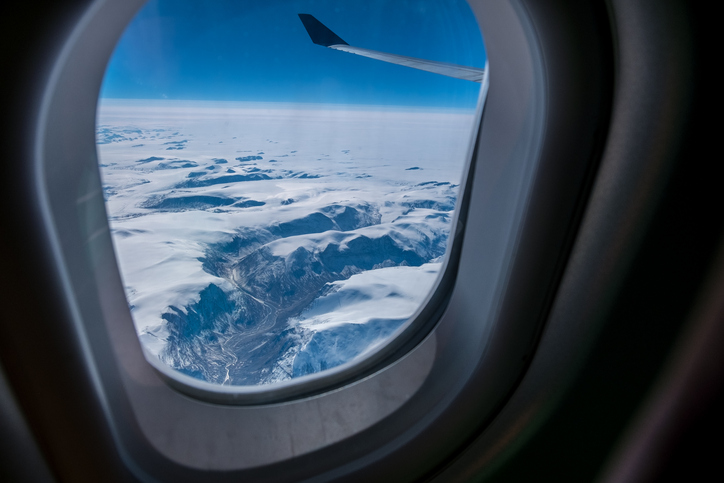
In our lives, we tend to see travel as little brackets, pages of memories that are entirely separate from our daily routine or small, reachable goals that we plan carefully throughout the year. Because of that, thinking about getting to know Greenland means, as well as a new challenge to our daily lives, the opportunity for an unforgettable and memorable experience. Where else in the world can you be picked up from the airport in a dog sledge that brings you to a little, snow-covered house?
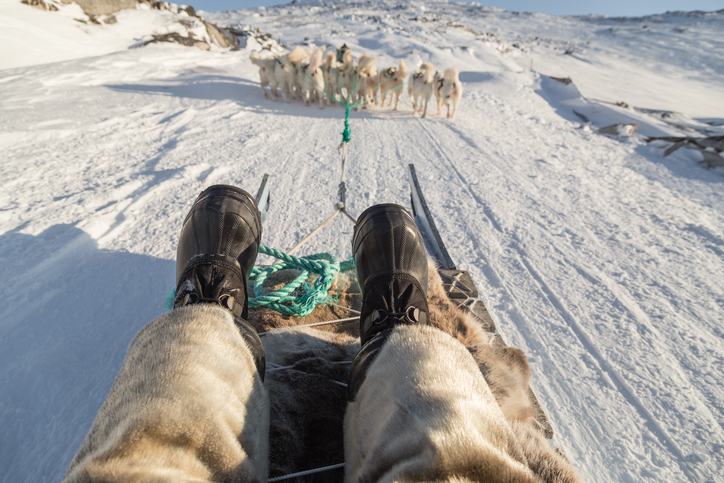
FROZEN BEAUTY
Kalaallit Nunaat or Greenland is a country of contrasts and most of the year is completely cut off from the rest of the world. Thanks to this, its culture, despite inevitable Danish influences, is largely unchanged from the traditions of the past. Most of the inhabitants continue with their traditional ways of life and live from hunting, fishing, and the nomadic patterns that come from following the animals that provide your daily sustenance. In the most remote communities, it’s easy to find inhabitants fishing with kayaks and harpoons, an idyllic image that transports you to times gone by.
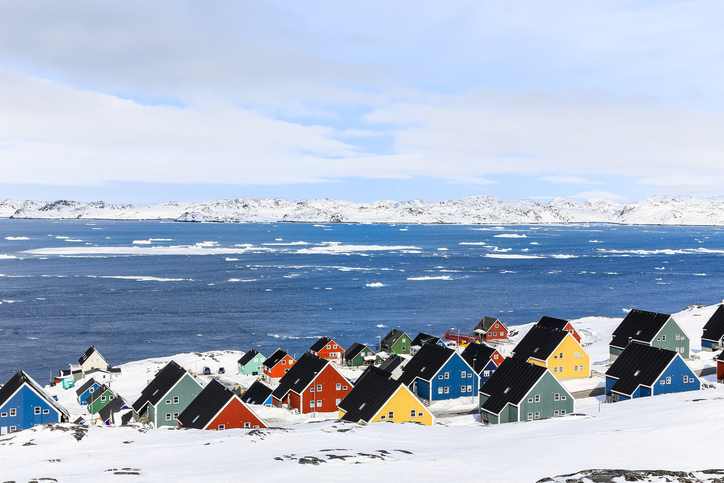
Situated in the Arctic Ocean, the island is the largest ice-covered landmass on the planet, after only the Antarctic. More than four-fifths of its surface is covered by ice, and most of its people live on the east coast, where the climate is a little milder. One of the easiest ways to get to Greenland is via Iceland. Flights from Iceland land at Kulusuk International Airport which, in the summer months, is surprisingly busy.
This gives us the opportunity to enjoy the unexpectedly attractive and solitary landscape where the immaculate white of the ice extends as far as the eye can see. Brightly-coloured wooden houses hide beneath layers of snow and children play happily, immune to the world that surrounds them.
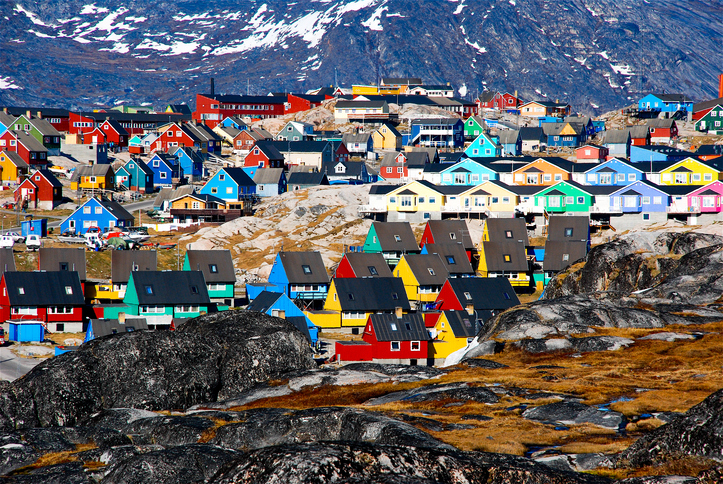
Once here, the traveller, visitor, adventurer, or tourist will develop an amazing ability to forget about schedules and watches and will begin to understand that their people are trapped in the 21st century, disordered consumerism delivered to them via television – and it will become increasingly hard for them to understand. Once they’ve settled in and unshackled themselves from the hurry and urgency that they normally live in, they will then begin to enjoy everything that the Arctic has to offer.
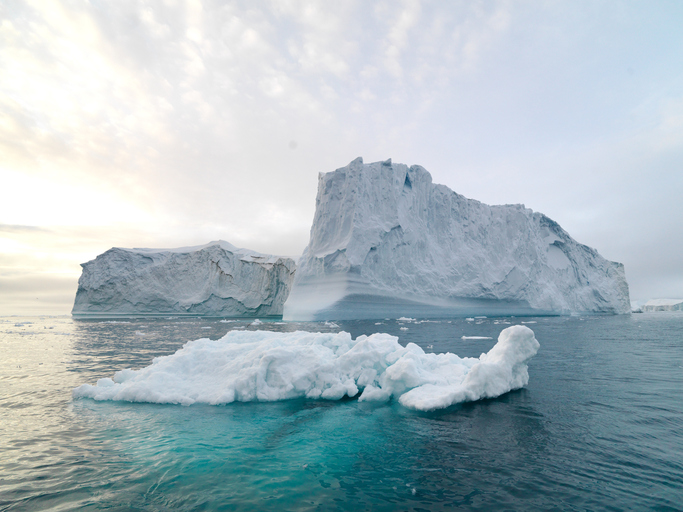
If you like adventure sports, this beautiful country offers fjord kayaking, hiking, and climbing among impeccable natural beauty. If you prefer, you can hop aboard a boat to sail among giant icecaps, bathe in natural hot springs, sign up for a photography tour in the hope of capturing a muskox, some reindeer, whales, or seals, or simply spend some time contemplating the charm of a place that doesn’t seem to have suffered from the passing of time, Inuit life on this icy island is concentrated in the towns and cities.
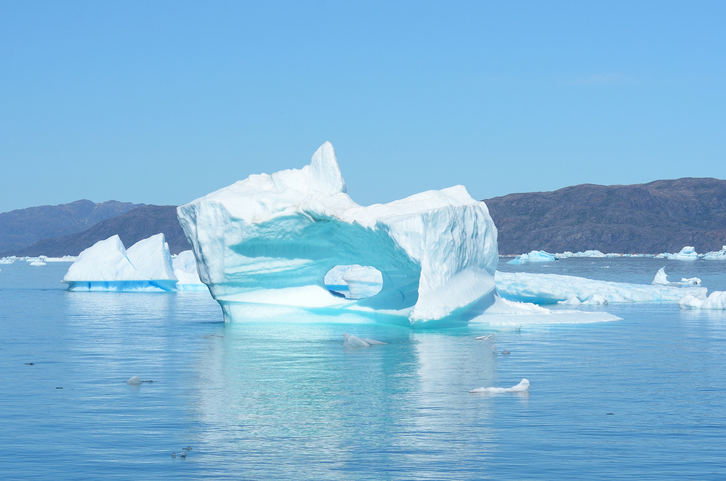
They’re suggested stop-off points for visitors who want to check out local culture. There’s Kulusuk, for example, where almost 300 inhabitants will welcome you with open arms if you want to learn more about the native peoples of the Arctic. Qassiarsuk is another town close to Narsarsuaq, in the south of Greenland, where there is a replica of what was the first Christian church in North America, which is where Greenland is geographically located.
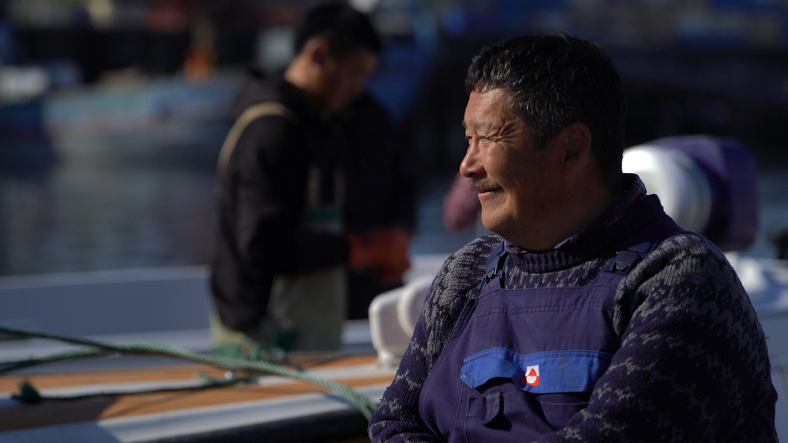
In Ilulissat, at the mouth of the Kangia fjord, you’ll find the archaeological site of Sermermiut, where the most primitive human life on the island began 4,400 years ago. In this city, the biggest in the north of the country, there are several relatively interesting museums. One is the Hunting and Fishing Museum, dedicated to fishing and whale hunting. Another is the Ilulissat Museum, located in the house once inhabited by explorer Knud Rasmussen and more or less dedicated to him and Jorgen Bronlund, also born in Ilulissat.
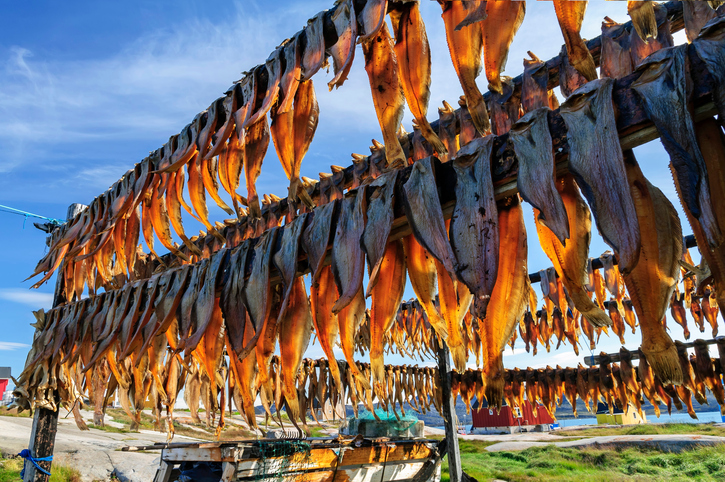
The capital, Nuuk – “the cape”, in Greenlandic – is located 500 km to the south of Ilulissat and is, with 13,000 inhabitants, the largest urban area on the island. Nuuk is home to the National Museum of Greenland, where you can find out about local history and see well-preserved Inuit mummies, kayaks, and other artefacts related to the history and culture of this country and its residents. These people, Inuits, are the descendants of the first inhabitants of this vast island. They have found artefacts that are 4,500 years old and the same as those found in Alaska, demonstrating that the people who inhabited Alaska advanced across the American continent and crossed the frozen Davis Sea to finally arrive in Greenland.
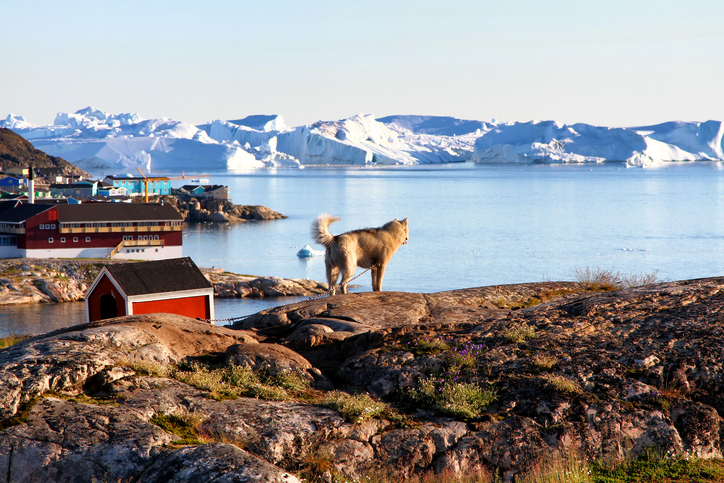
To visit Greenland is to see one of the last frontiers on our planet. The island is practically untouched, its interior appearing white on most maps. The incorrectly named Greenland – which is so called because one day, audacious Vikings landed on the coast on a summer’s day and were surprised at the lack of snow – will also surprise anyone who dares to pay a visit today.



